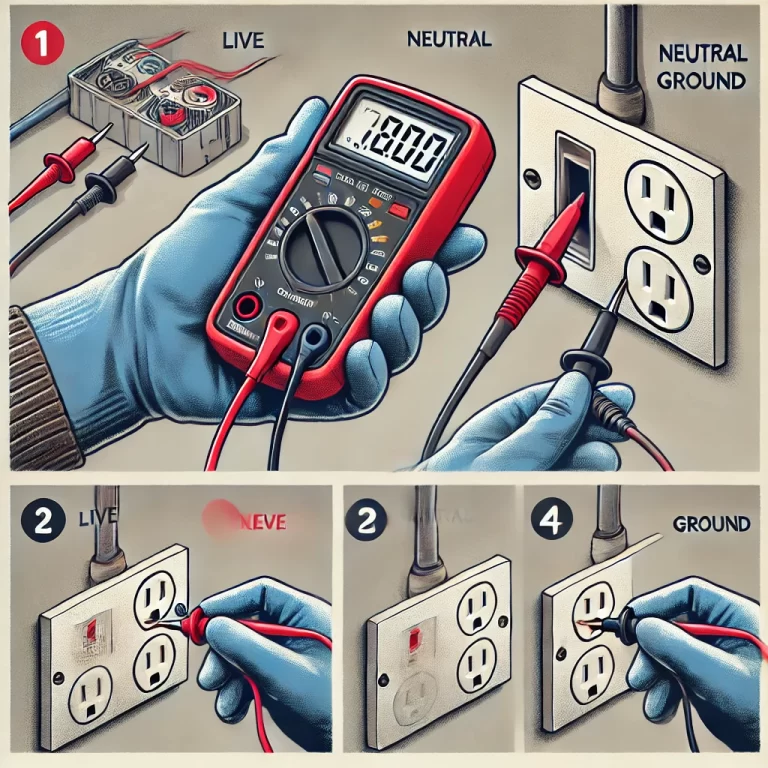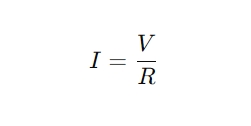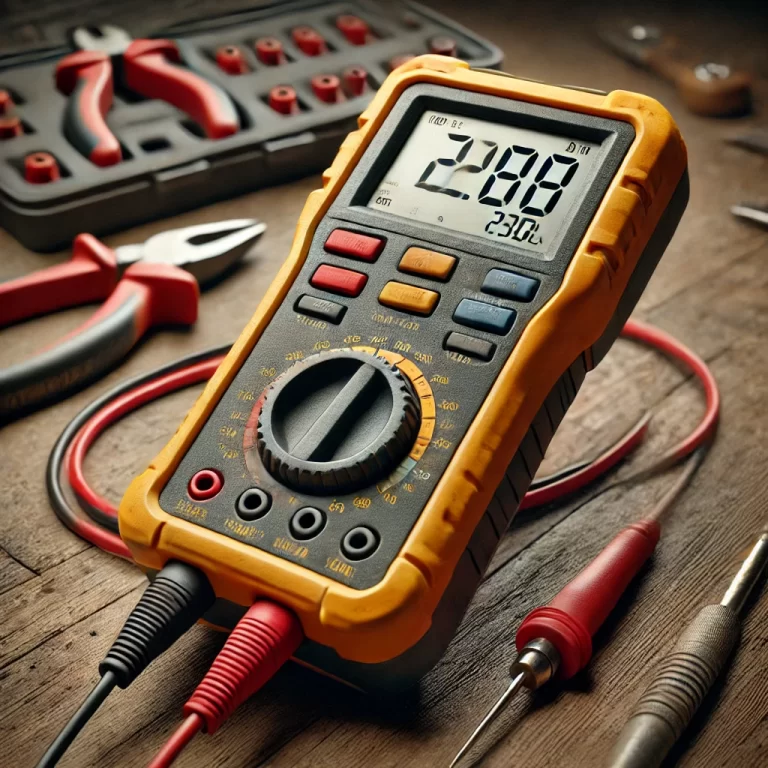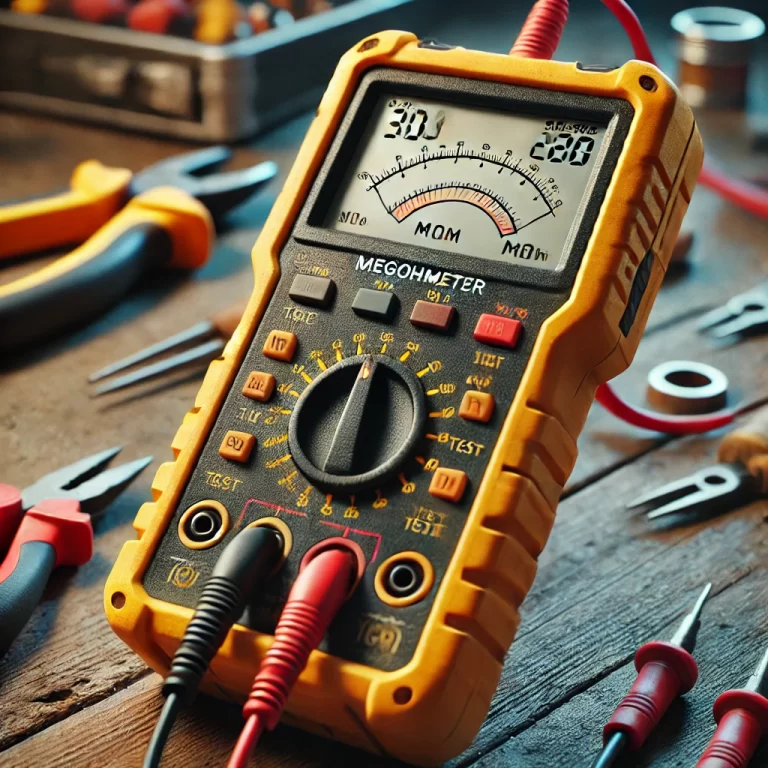Electrical measurement and diagnostics rely heavily on specialized instruments designed for specific testing scenarios. Among the most commonly used devices are the multimeter and the megohmmeter (often referred to as an insulation resistance tester). While both are essential tools for electrical technicians and engineers, they serve very different purposes and operate on distinct principles.
This article provides an in-depth explanation of the working principles, functions, and applications of these two devices, and highlights the differences that make each one unique.

1. What is a Multimeter?
A multimeter is a versatile, handheld instrument used to measure a variety of basic electrical parameters, including:
DC Voltage (VDC)
AC Voltage (VAC)
DC Current (ADC)
Resistance (Ohms)
Continuity
Diodes
(Advanced models may also support capacitance, frequency, temperature, and more)

Principle of Operation
The core of a multimeter consists of analog or digital electronics capable of converting electrical signals into readable data. Let’s look at how it handles different functions:
a. Voltage Measurement
DC Voltage: The meter samples the potential difference between two points. The input signal is attenuated via a voltage divider and sent to an analog-to-digital (A/D) converter for digital display.
AC Voltage: The AC signal is first rectified (usually through a precision rectifier circuit) and then filtered. The resulting signal is interpreted as either average or RMS (root mean square), depending on whether the meter is True RMS or average-responding.
b. Current Measurement
The meter measures current indirectly by inserting a known low-resistance shunt in the circuit. The voltage drop across the shunt resistor is measured and converted to current using Ohm’s law:

c. Resistance Measurement
When measuring resistance, the multimeter applies a small voltage from an internal battery across the unknown resistor and measures the resulting current. The resistance is calculated using:

This function requires the circuit to be completely de-energized to avoid incorrect readings or damage.

2. What is a Megohmmeter?
A megohmmeter, also known as an insulation resistance tester, is a high-voltage instrument specifically designed to measure the electrical resistance of insulating materials, such as those found in cables, transformers, motors, or switchgear.
Typical test voltages range from:
500V
1000V
2500V
5000V, or higher
Principle of Operation
Unlike the low-voltage multimeter, a megohmmeter generates high DC voltages to stress the insulation and detect leakage currents through it.
a. High-Voltage Generation
The instrument uses either a manual generator (hand crank) or an electronic DC-DC converter to produce high voltage.
This voltage is applied across the insulation of the test object.
b. Leakage Current Detection
Even good insulators allow minuscule leakage currents to flow under high voltage.
The megohmmeter detects this current and calculates the resistance using Ohm’s law:

Resistance values typically range from megaohms (MΩ) to gigaohms (GΩ) or more.
c. Safety Features
Most modern megohmmeters include safety discharge circuits, auto power-off features, and voltage detection to prevent testing on live systems.

3. Key Differences Between Multimeters and Megohmmeters
| Feature | Multimeter | Megohmmeter |
|---|---|---|
| Test Voltage | Low (Battery-level, 1.5V–9V) | High (500V–5kV or more) |
| Measured Resistance | Ω to MΩ | MΩ to GΩ |
| Purpose | General circuit measurement | Insulation resistance and leakage testing |
| Test Conditions | Low energy, safe for electronics | High energy, used for insulation materials |
| Typical Applications | Circuit troubleshooting, voltage/current/resistance checking | Cable, motor, and transformer insulation testing |
| Output Type | Digital or analog display | Analog needle or digital with insulation status |
4. When to Use Which Instrument
Use a multimeter when troubleshooting everyday electrical circuits, checking voltages, measuring current, or verifying resistance in low-energy systems.
Use a megohmmeter when conducting preventive maintenance, insulation integrity tests, or high-voltage component diagnostics where traditional resistance measurement tools fall short.

Conclusion
Both multimeters and megohmmeters are indispensable tools for electrical and instrumentation professionals. While a multimeter is ideal for general-purpose measurements, a megohmmeter is crucial for ensuring the safety and longevity of insulation systems in high-voltage environments. Understanding their operational principles not only improves measurement accuracy but also enhances diagnostic efficiency and safety in the field.
